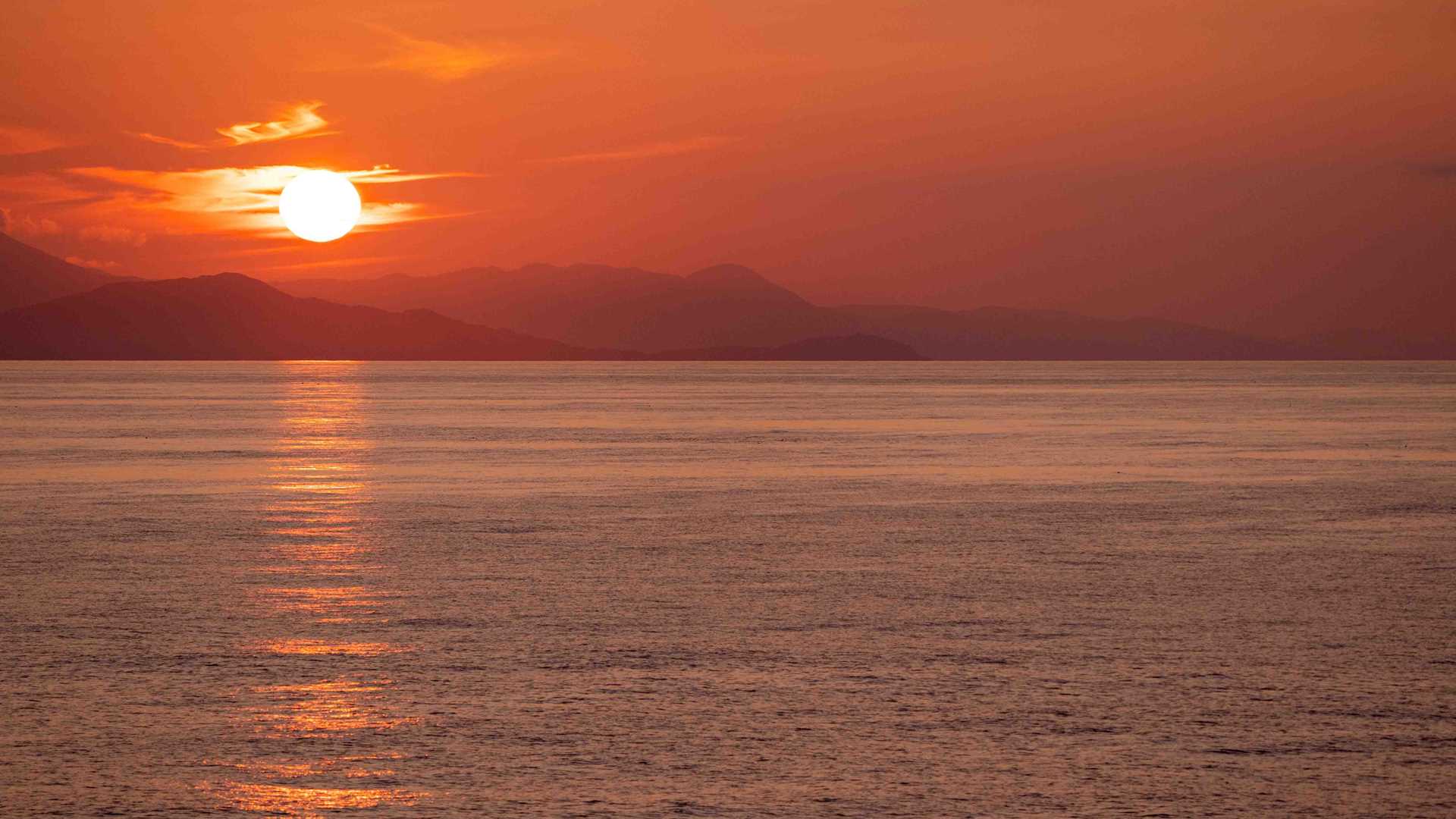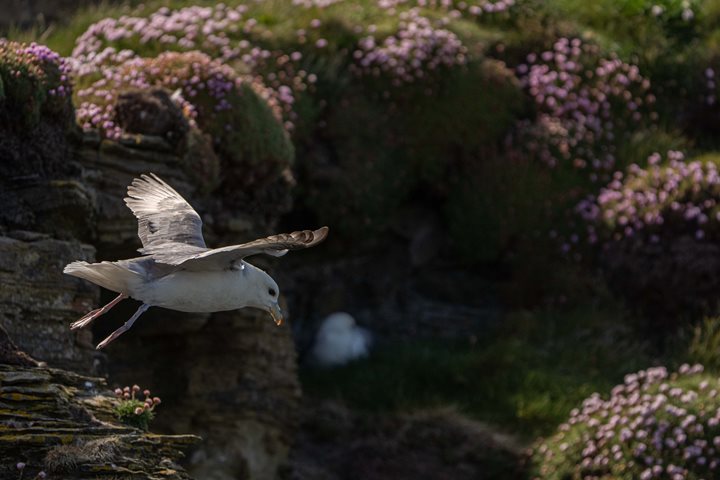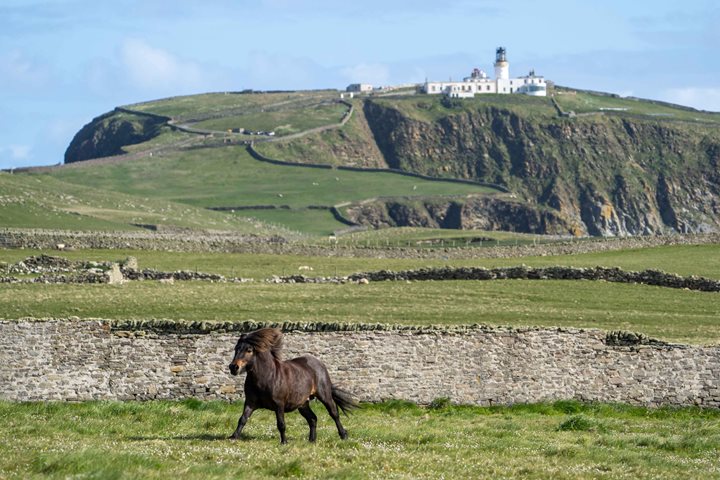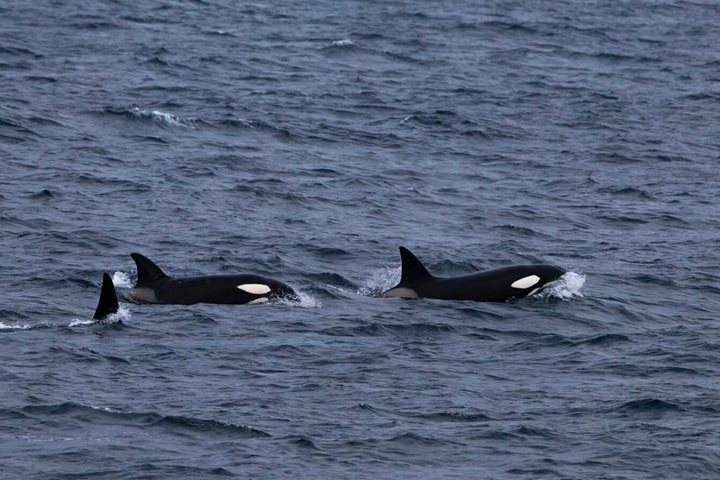What a day! Today’s forecast of rainy showers most definitely didn’t come into fruition as we basked in the baking Irish sunshine all day. The day started with common dolphins and a beautiful sunrise as the ship approached the Skellig Islands on a flat, calm sea. Conditions allowed us to circumnavigate both Skellig Michael and Little Skellig and get great views of the old Christian monastery and the breeding bird colonies. As we made our way to sunny Dingle for the afternoon, we were accompanied by more birds and bow-riding dolphins.
Call +1.800.397.3348 or contact your travel advisor







